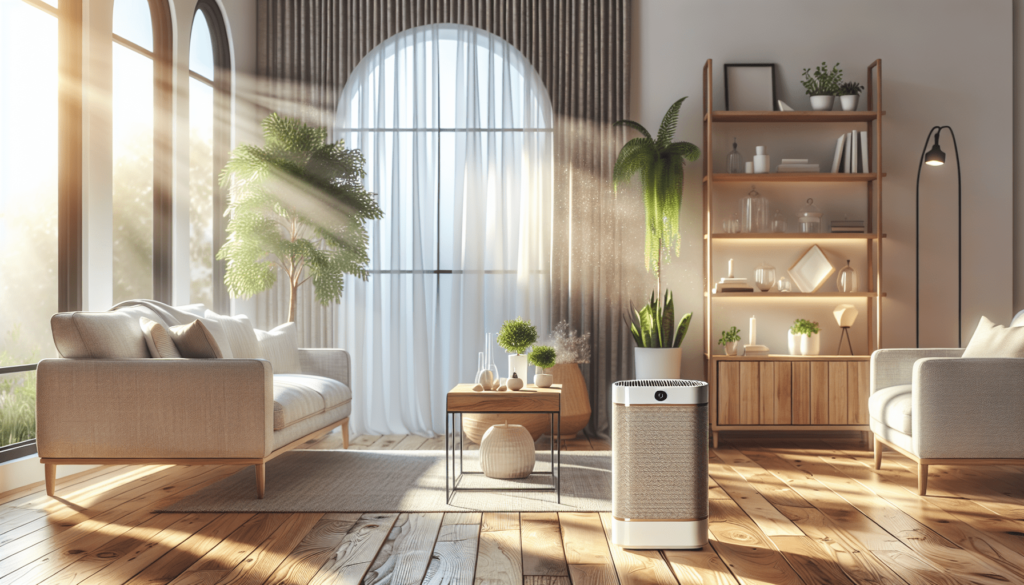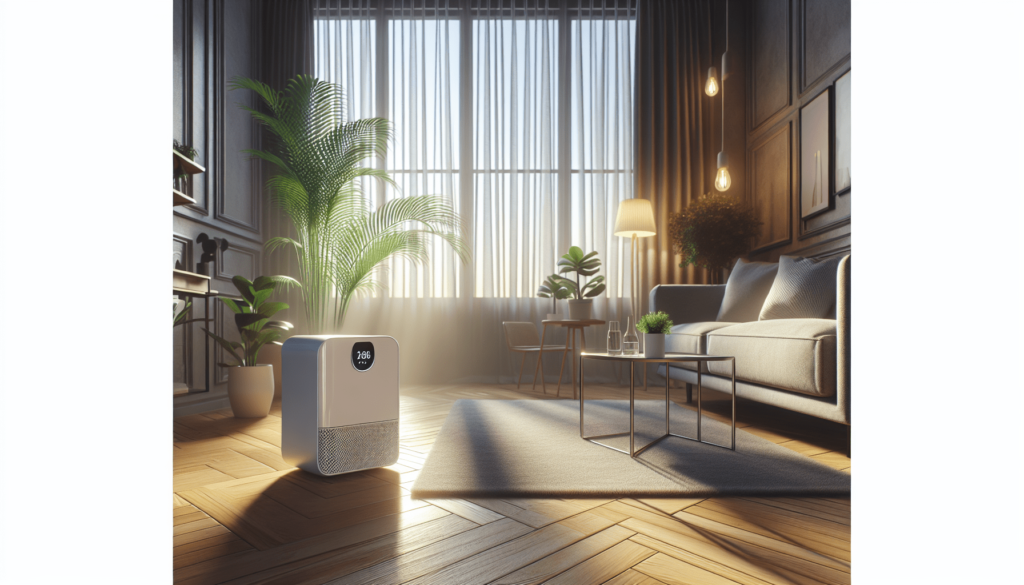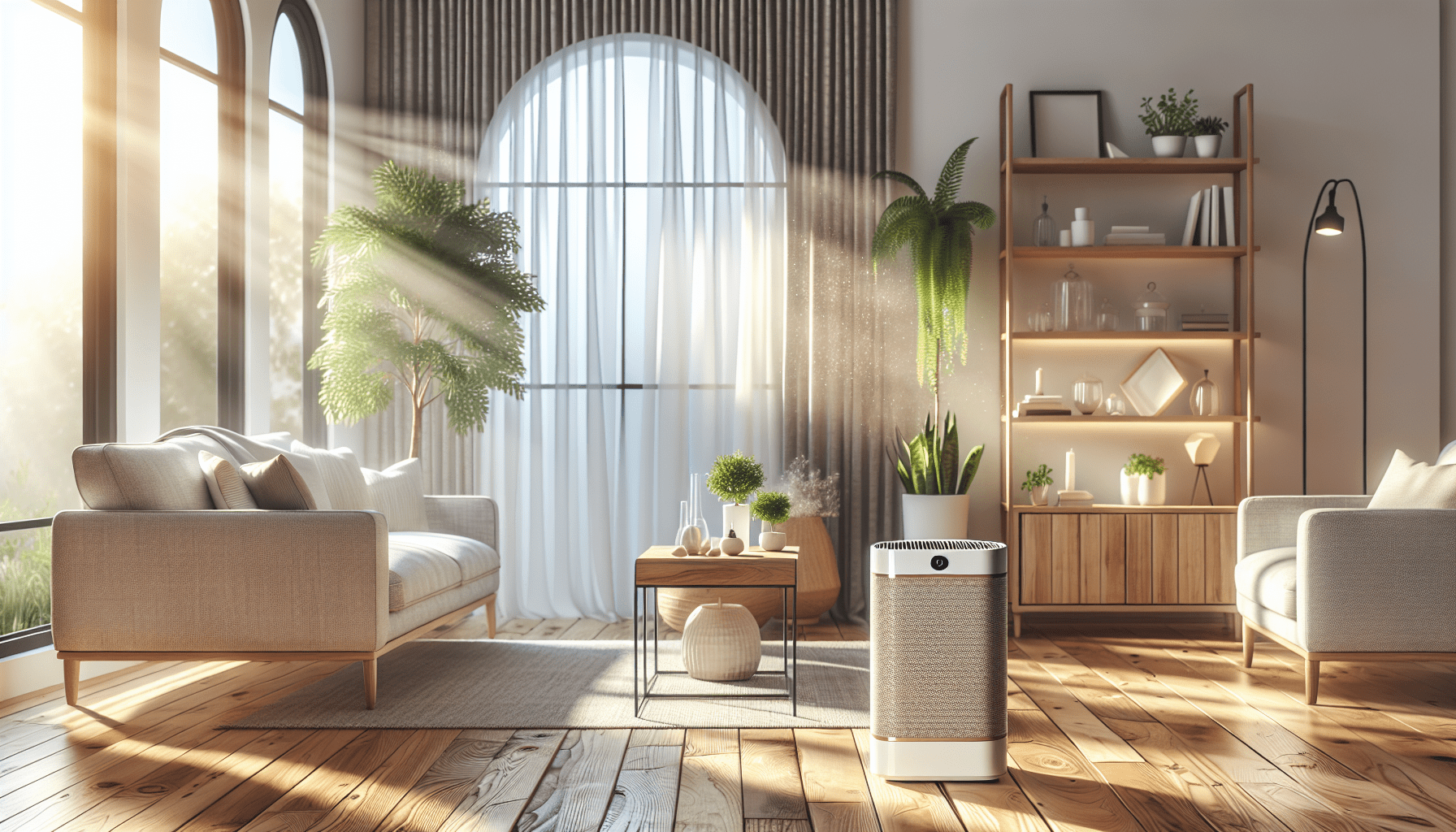Welcome to your ultimate guide on creating a sanctuary for yourself during allergy season. “Allergy-Proofing Your Home For Seasonal Allergies” provides you with practical tips and tricks to transform your living space into a safe haven from sneezing, itchy eyes, and constant discomfort. You’ll explore easy-to-implement strategies such as choosing the right air filters, cleaning routines, and natural remedies that help you breathe easier and live comfortably all year round. Have you ever wondered why your allergies seem to flare up as soon as the seasons change? It’s not just a coincidence. Many people experience seasonal allergies due to different pollen and allergens that become more prevalent at different times of the year. The good news is that you can take steps to allergy-proof your home and make these transitions much more manageable.
Understanding Seasonal Allergies
What Causes Seasonal Allergies?
Seasonal allergies are usually triggered by pollen from trees, grasses, and weeds. During different seasons, various plants release their pollen into the air, leading to those dreaded symptoms like sneezing, itchy eyes, and a runny nose. Indoor allergens like dust mites, pet dander, and mold can compound your problems.
Common Symptoms
You might experience symptoms such as nasal congestion, sneezing, coughing, itchy eyes, and a sore throat. Understanding these symptoms can help you identify the problem earlier and allow you to implement solutions faster.
| Symptom | Description |
|---|---|
| Nasal Congestion | Stuffiness and difficulty breathing through the nose |
| Sneezing | Frequent, uncontrollable sneezing fits |
| Itchy Eyes | Persistent itching in or around the eyes |
| Sore Throat | Pain or irritation in the throat |
| Coughing | Episodes of coughing, often triggered by itchy throat |
Steps to Allergy-Proof Your Home
Identify Common Allergens
First, identify what you’re allergic to. Pollen, dust, pet dander, and mold spores are common culprits. You might want to have an allergy test done to pinpoint your specific triggers.
Keep Windows Closed
While it might be tempting to open windows and let the fresh air in, doing so can invite pollen into your home. Use air conditioning to keep your indoor air clean and cool.
Use High-Efficiency Particulate Air (HEPA) Filters
Invest in a high-quality HEPA filter for your HVAC system. These filters can trap microscopic particles and keep your air clean. Make sure to replace the filters regularly.
Clean Regularly
Regular cleaning can significantly reduce allergens in your home. Dust, vacuum, and mop at least once a week to keep allergens at bay. Pay special attention to carpets, rugs, and upholstered furniture.
Keep Pets Clean
If you have pets, bathe them regularly to reduce dander. Consider creating pet-free zones, particularly in areas where you spend a lot of time, like your bedroom.
Control Humidity
High humidity levels can encourage mold growth. Using a dehumidifier can help keep the humidity in your home at an optimal level. Aim for a humidity level between 30% and 50%.
Wash Bedding Frequently
Your bedding can be a hotspot for dust mites. Wash sheets, pillowcases, and blankets in hot water weekly to reduce allergens.
Eliminate Mold
Mold can be a significant allergen, especially in damp areas like the bathroom and basement. Use a mold-killing cleaner and make sure these areas are well-ventilated.
| Task | Recommended Frequency | Additional Tips |
|---|---|---|
| Dusting | Weekly | Use microfiber cloths |
| Vacuuming | Weekly | Use a vacuum with a HEPA filter |
| Mopping | Weekly | Focus on high-traffic areas |
| Washing Bedding | Weekly | Use hot water |
| Bathing Pets | Monthly or as needed | Use hypoallergenic pet shampoo |
| HVAC Filter | Every 1-3 months | Choose a high-quality HEPA filter |
| Dehumidifier | Continuous | Keep humidity levels between 30%-50% |
| Mold Cleaning | Monthly or as needed | Ensure proper ventilation |

Allergy-Proofing Individual Rooms
Living Room
Your living room is often a hub of activity, and allergens can accumulate quickly. Opt for easy-to-clean furniture and flooring. Leather or vinyl furniture is easier to wipe down than fabric. If you have carpet, vacuum it regularly and consider a deep cleaning annually.
Bedroom
Since you spend a substantial amount of your time in your bedroom, making it an allergen-free zone is crucial. Invest in allergen-resistant covers for mattresses and pillows. Keep the room cool, dry, and clean by using a dehumidifier and cleaning regularly.
Kitchen
Mold and pests can be significant issues in the kitchen. Keep your kitchen clean and dry to reduce these risks. Wipe down surfaces, clean out the fridge regularly, and empty the trash frequently.
Bathroom
The bathroom is another area where mold can thrive. Use an exhaust fan to ventilate during and after showers. Clean the shower, tub, sink, and toilet frequently using mold-resistant cleaners.
Basement
Basements are notorious for being damp and mold-prone. Use a dehumidifier, store items in airtight containers, and clean regularly to prevent mold and mildew growth.
Natural Remedies for Allergy Relief
Saline Nasal Spray
Saline washes can help clear nasal passages and remove allergens. You can buy pre-made sprays or make your own saline solution at home.
Steam Inhalation
Inhaling steam can help open nasal passages and make it easier to breathe. Boil water, pour it into a bowl, and inhale the steam, covering your head with a towel.
Local Honey
Some people believe that consuming local honey can help with allergies by gradually exposing you to local pollen. While the evidence is anecdotal, it’s a tasty and natural remedy to try.
Herbal Teas
Certain herbal teas, like peppermint or chamomile, can help soothe your symptoms. They can be especially effective for a sore throat and itchy eyes.

Consulting a Professional
When to See a Doctor
If seasonal allergies significantly affect your quality of life, it might be time to consult a healthcare professional. They can provide treatments like antihistamines, decongestants, or even allergy shots.
Allergy Testing
Allergy testing can help you identify specific allergens that trigger your symptoms. Your doctor can then develop a tailored treatment plan to manage your allergies effectively.
Conclusion
Taking proactive steps to allergy-proof your home can significantly improve your comfort and quality of life during allergy season. By understanding your allergens and implementing these strategies, you’ll be well on your way to creating a healthier, more comfortable living environment. Remember, regular maintenance is key to keeping your home allergen-free.
So, what are you waiting for? Start implementing these tips today and enjoy a more comfortable, allergy-free home!
I hope you found this guide helpful! Feel free to share your thoughts or any additional tips you have for dealing with seasonal allergies.
